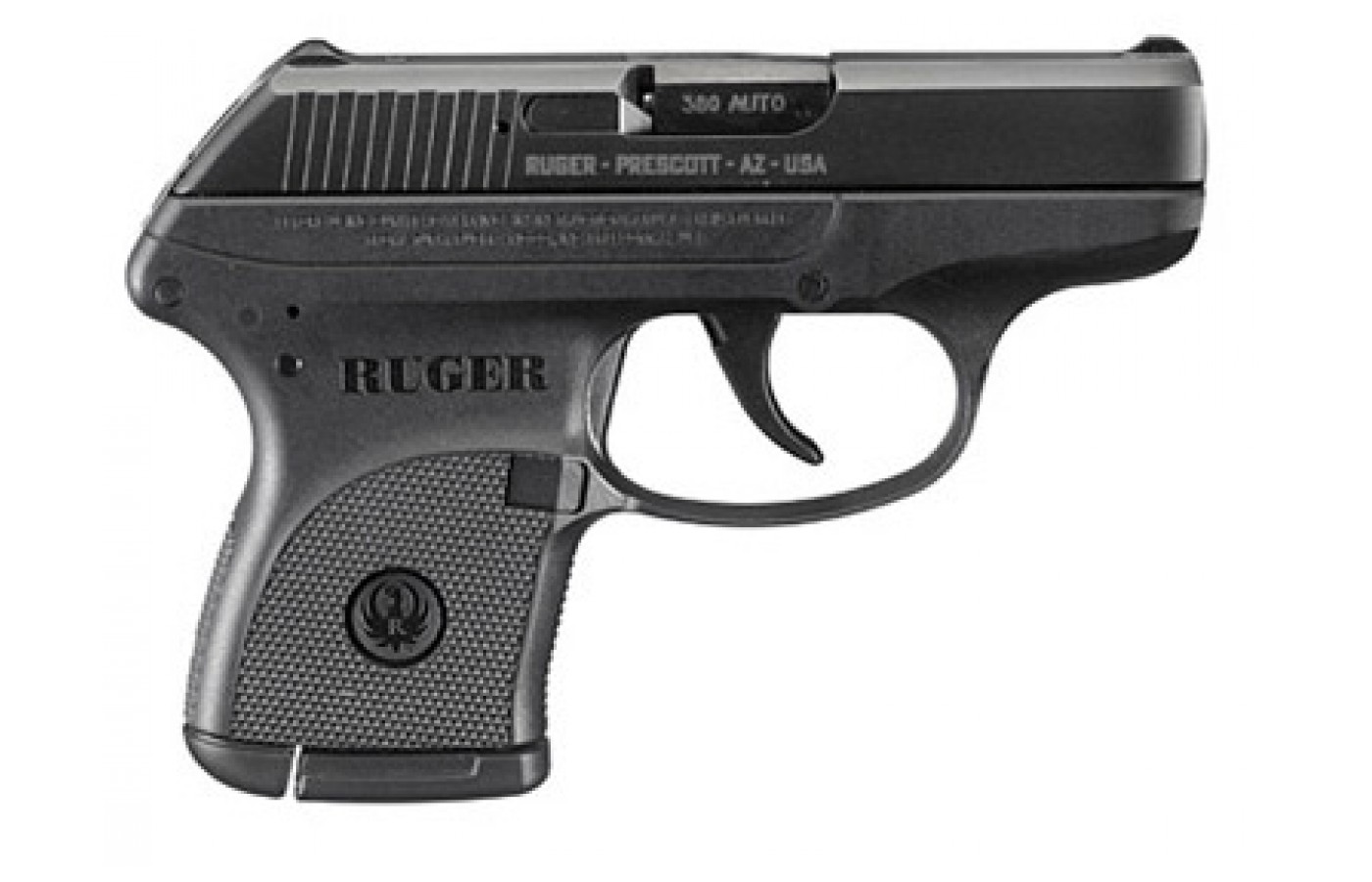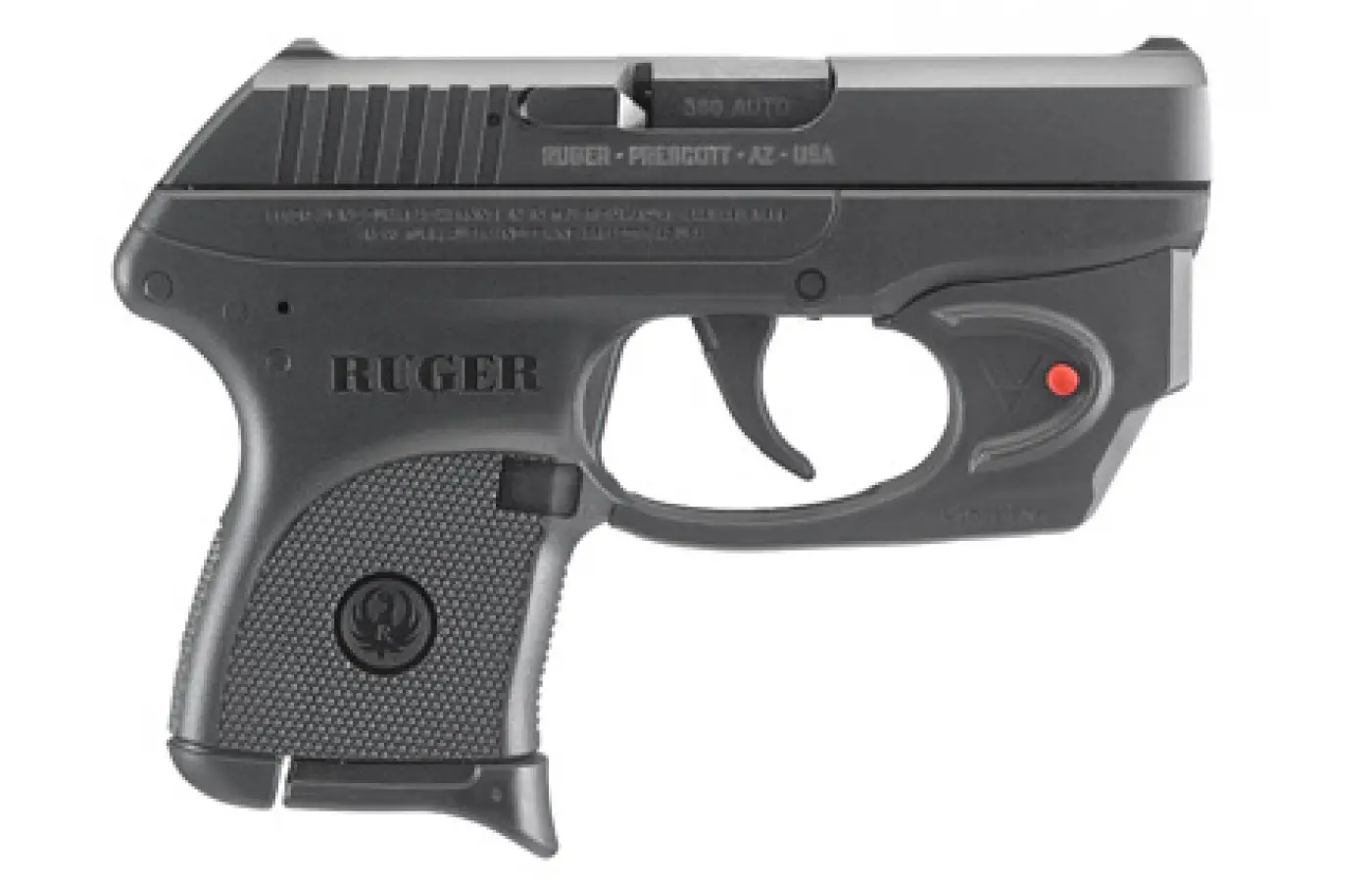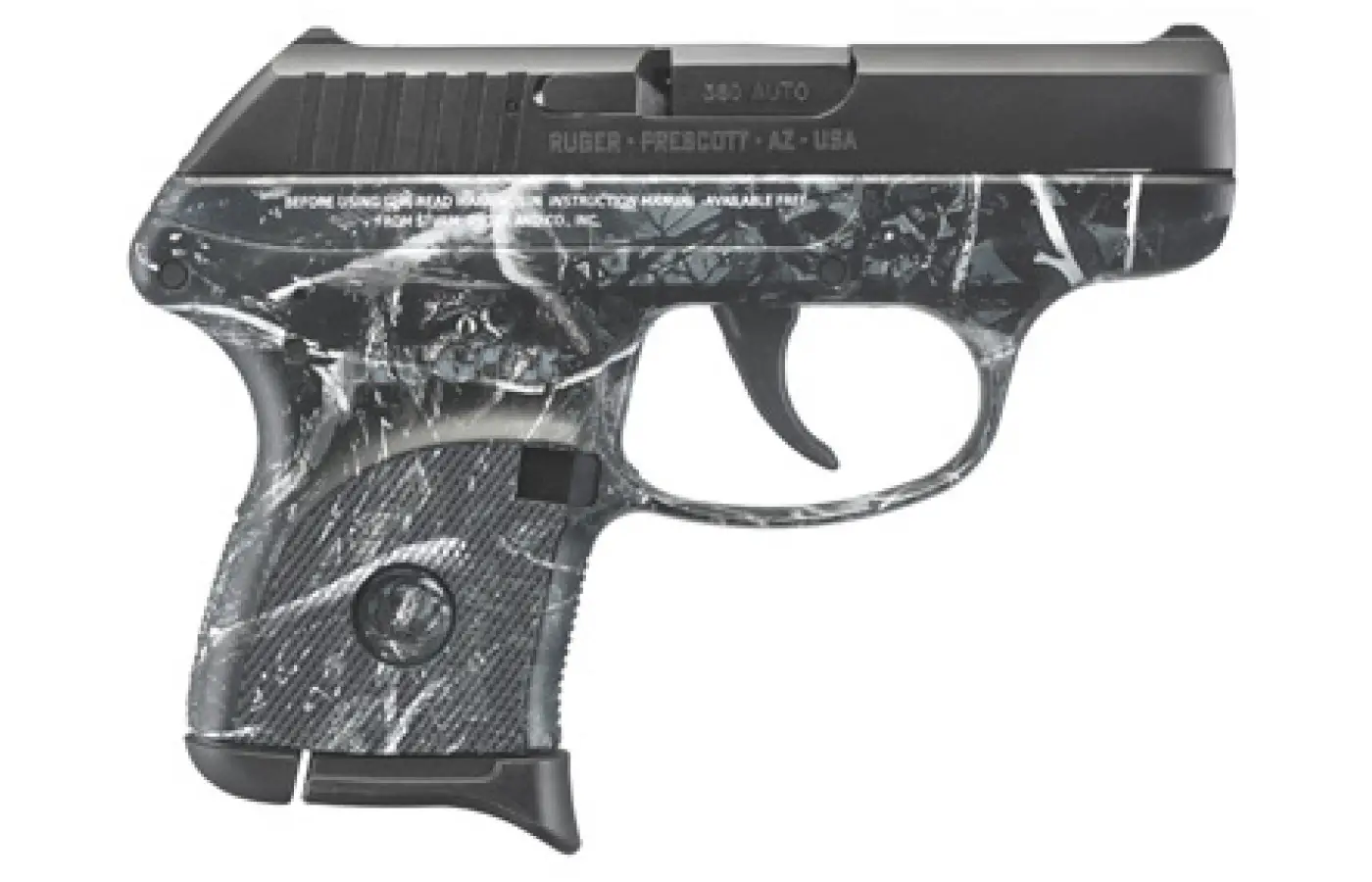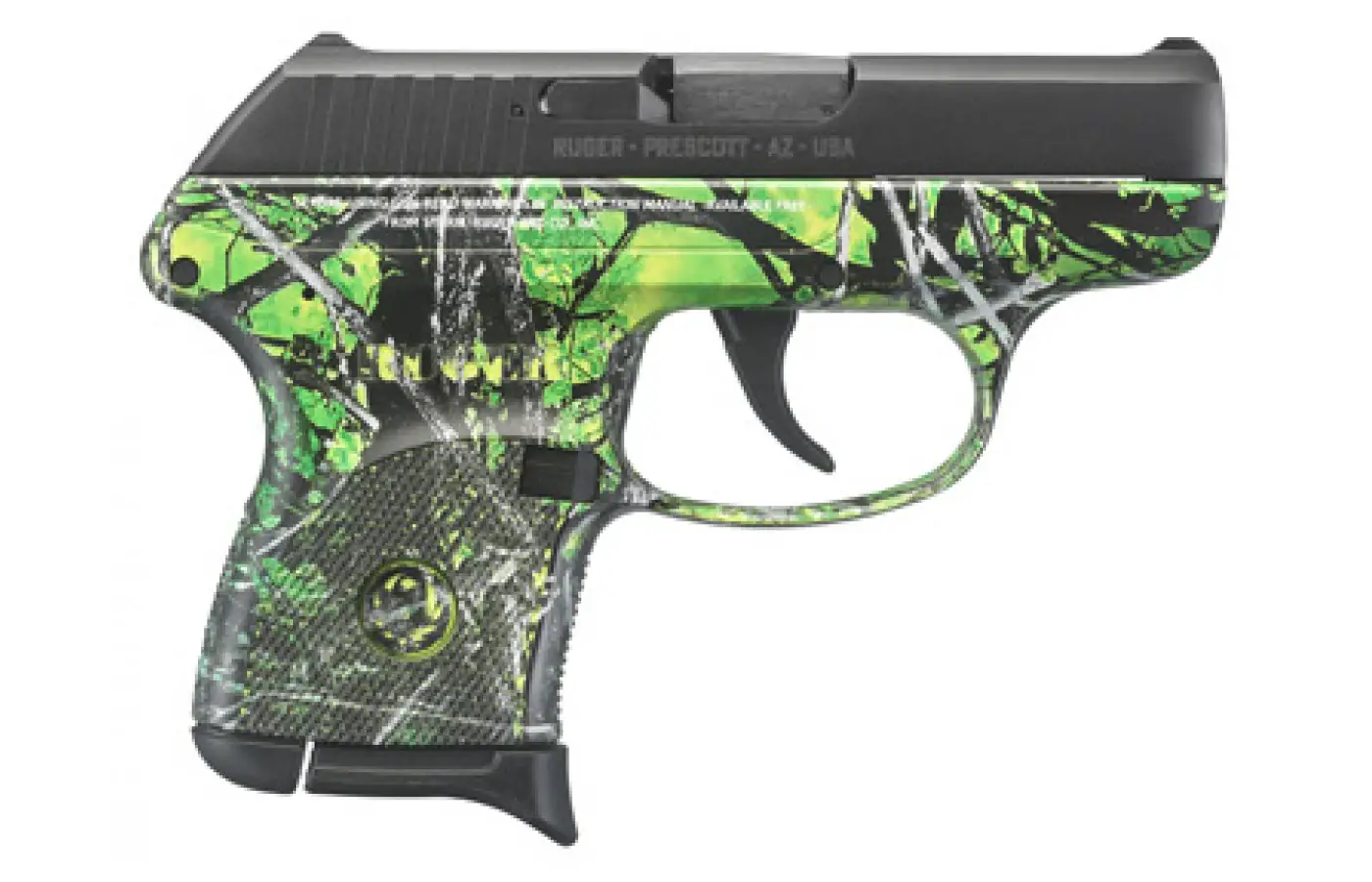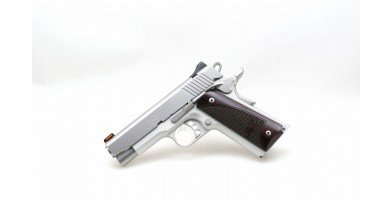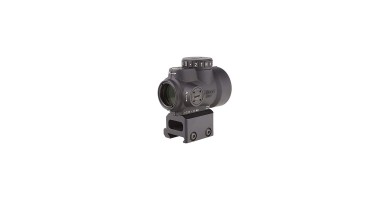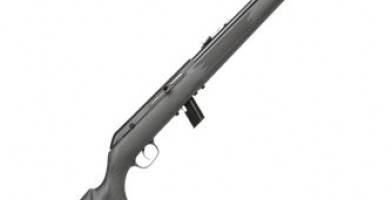LCP 380 Tested and Reviewed for Quality
The LCP of the Ruger 380 stands for Lightweight, Compact Pistol. It is a small concealed carry pistol. The LCP 380 has been around for years and gained a following of owners. Strum, Ruger & Company manufacture the weapon. It weighs 9.4 ounces and is easy to conceal. In 2008, the original was released at the National SHOT show convention. At first, a large volume of them was sold. The discovery of some common issues caused a drop in sales.
The grip was the first notable issue. People with average-sized hands found the small grip profile difficult. People with large hands could barely shoot the weapon. There was no grip extension available at the time. In 2013, a factory magazine having a grip extension was released after Ruger received many requests. Problems feeding ammo was the second issue. The LCP was notoriously picky about the ammunition it would shoot well.
A variety of available ammo would not reliably feed. Shooters experienced failed ejections and ‘stovepipe’ misfeeds. Some gunsmiths were able to polish and smooth the ramps, but it remained a common complaint. Short, shallow sights were a third issue that made a good picture slow to obtain and hold. Ruger designed them short to be ‘snag-free.’ It did lower the chance of snagging, but the difficulty finds a good sight made snag-free unappreciated.
- Accurate
- Aftermarket support
- Easy to connect
- Relatively cheap
- Small and compact
- Inferior sights
- Too small for some hand
Primary Use
Off-duty officers are not the only people interested in a .380 ACP. The easy to conceal factor makes the guns popular. They are not as ‘shootable’ or reliable as their larger counterparts. Stopping power issues are somewhat complicated.
Handgun bullets do no more than making holes. The chances of hitting vital organs increases as the holes get deeper and bigger. Large wound channels create more blood loss and eventually stop a violent attack or an attacker.
There are some key factors ballistic experts look for when evaluating the effectiveness of a handgun bullet. A bullet has to penetrate a minimum of 12 inches of ballistic gelatin to go deep enough to hit vital organs if an attacker is muscular or fat.
On the other hand, penetrating more than 18 inches may put people behind an attacker in danger. Experts look for bullets that expand. Expanding bullets reduce the possibility of over penetration and make larger holes.
They are deemed acceptable if they expand to one and a half times their initial diameter. A .380 ACP has to expand to approximately 0.53 inches. Nearly all service caliber defense loads meet the expansion and penetration tests.
Barrel
Long barrels produce a higher muzzle velocity than short barrels. Burning gun powder has more time to increase the acceleration of a bullet. More gunpowder combustion occurs in long barrels than short. Long barrels do not make as much noise as short barrels. The noise difference is quite noticeable. Guns with a long barrel produce a more accurate firearm than a short barrel, at least when the built-in sights are used.
The distance between the sights is longer which makes determining if a gun is aimed at a target easier. Typically, there is a sight near the front and back of the barrel. Longer barrels have a greater distance between sights, and the shooter aims a more accurate gun. A long barrel produces less recoil than a short barrel. Long barrels add weight to the firearm.
Stock Options
The grip is an area of the stock held in the trigger hand by a shooter when firing. The magazine release is located near the hand grip of the LCP 380 which is advantageous for right-handed shooters as they reach for it with their thumb,
The black grip of the LCP 380 is high-performance, glass-filled nylon. One tester noticed the pinky finger could not fit on the handgrip. The grip allows room for two fingers. The little finger is entirely off the grip. Not being able to fit the pinky on the handgrip can be a problem. It is a checkered grip that has an available finger grip extension floorplate that can be added to the LCP 380 magazine. The extended grip magazine holds seven plus one.
Weight
The trigger pull of the LCP 380 is just about perfect. A tester measured it at five pounds, six ounces. Ruger specifications are eight pounds, but the tested pistol measured lighter and better than other guns of this type. The length of pull is a bit over a half inch. It is about 2.5 inches from the center of the trigger’s blade to the backstrap.
Accessories
Because the LCP 380 is in such demand, a wide range of add-ons and accessories are available. They are easy to attain, and Ruger customer support is exceptional. Factory accessories have the Genuine Ruger logo on them that guarantees they were explicitly designed for Ruger firearms. They possess the rugged, reliability expected from Ruger.
The BX-Trigger and Elite 452 AR-Trigger are safe, reliable, and rugged. They meet and exceed industry standards. The triggers come in completely self-contained modules and are easy to install. The two-stage Elite 452 AR-Trigger has a crisp, smooth 4.5 trigger pull. The lock time is 30 percent faster than the standard MSRs.
Other manufacturers produce extra long extensions that fit the Ruger LCP 380. They are designed to accommodate three fingers of any sized hand. The extensions help reduce kickback that causes injuries between the forefinger and thumb.
Ammunition
One tester suggested using quality hollow points like the 102-grain Remington Golden Saber self-defense loads. Another inspector tried a variety of .380 ACP ammunition as well as a hand loaded hollow point load.
The various ammo included bullets with cast lead with a flat nose, copper hollow cavity, polymer tip, full metal jacket with both a flat and round nose, and jacketed hollow point. The gun was fired upside down, sideways, held upright, two-handed, and one-handed. Respectable velocities were posted by the short barrel.
Loading
The LCP 380 feeds, fires, and ejects flawlessly. The magazine release is located near the hand grip. The release allows magazines to take only a matter of seconds to reload and fire, with a trigger that pulls very smoothly for a pocket-sized pistol.
The pistol is chambered for .380 ACP cartridges. The LCP 380 comes with a zippered soft case and one magazine. The magazine pushes in easily, but not to the point of causing problems with a magazine popping out when in a pocket.
The LCP operates on a system that is locked-breech like larger pistols rather than the blowback principle. The system makes the gun lighter in weight and reduces the heavy recoil spring. There is a removable plastic floorplate on the magazine that makes taking it apart to clean easy. An empty magazine prevents the slide from locking to the rear. A slide hold-open latch can be used manually for cleaning and inspection.
Finish
The two firearms look very much alike, but the Ruger gains points on the final finish and fit. Few Rugers are entirely original. Often older designs are made with execution, sights, and material improvements. Ruger offers exclusive dealer LCPs having finishes from hot pink to basic black, and a variety of camo shades. Special editions have laser engraved stainless steel slide and feature a gold Ruger eagle inlay.
Safety
The LCP has a long, stiff trigger that is intended to reduce the chance of an accidental discharge. For some shooters, the lack of an external trigger fits the bill. There have been complaints that a loaded LCP 380 dropped on a hard surface from a height creates a chance of firing inadvertently.
Inadvertent firing is a serious problem that Ruger claims is an issue that has been fixed. For maximum safety, if the pistol is carried with a loaded magazine, the slide needs to be closed and the chamber empty. When placing the gun in a holster, be sure the slide is not so retracted that a cartridge from the magazine is chambered.
Price
Key Features
* 2.75-inch barrel
* 6+1-round capacity
* Blue alloy steel barrel
* Blue finished alloy steel slide
* Checkered high-performance, glass-filled nylon grips
* Finger grip extension floorplate available
* Integral sights
* No manual safety
* Overall height 3.60 inches
* Overall length 5.16 inches
* Overall width 0.82 inches
* Second generation model
* Semi-automatic action
* Soft carrying case
* Weighs 9.65 ounces
Bottom Line
The LCP 380 uses crude sights. The rear is a fixed notch sight, and the front sight is integral to the slide. The pistol is not a serious target shooter. It is intended to reach distances that can detect bad breath. Squeezing the trigger yields a long pull. The reset is even longer. Despite the flaws, the LCP 380 is satisfactorily accurate. It is a pistol that can be left in a pocket or IWB holster and forgotten about until it is needed.





